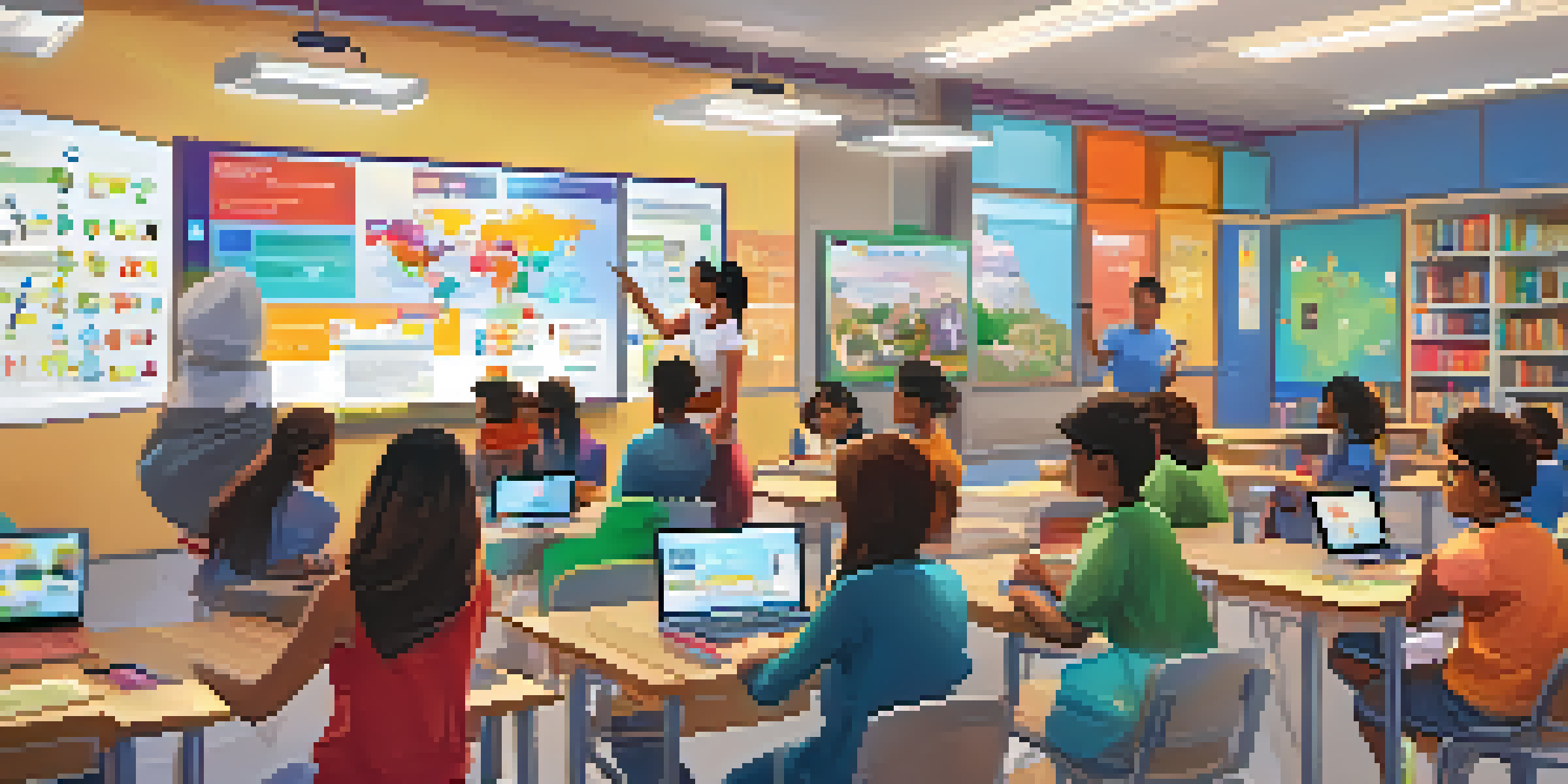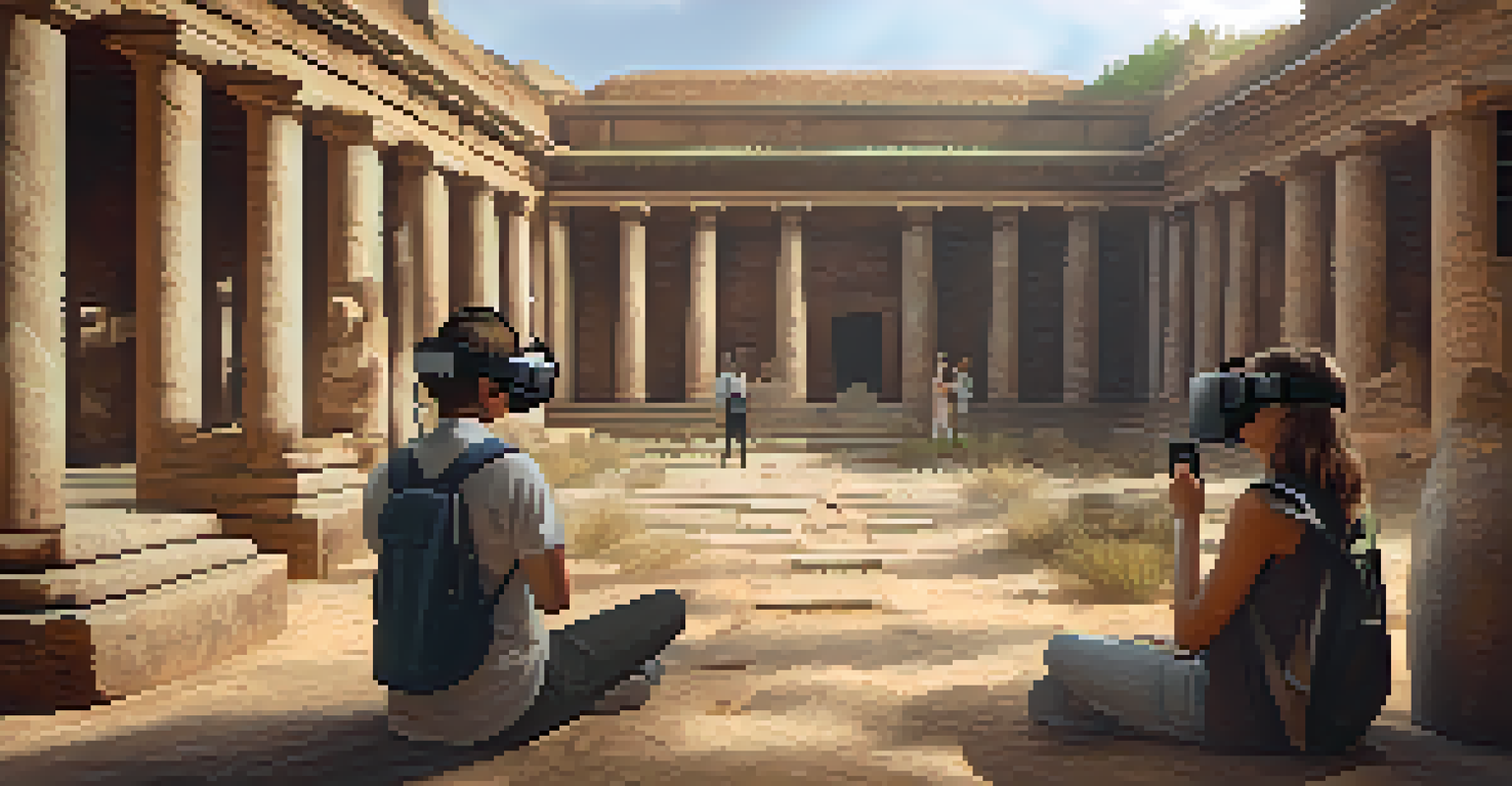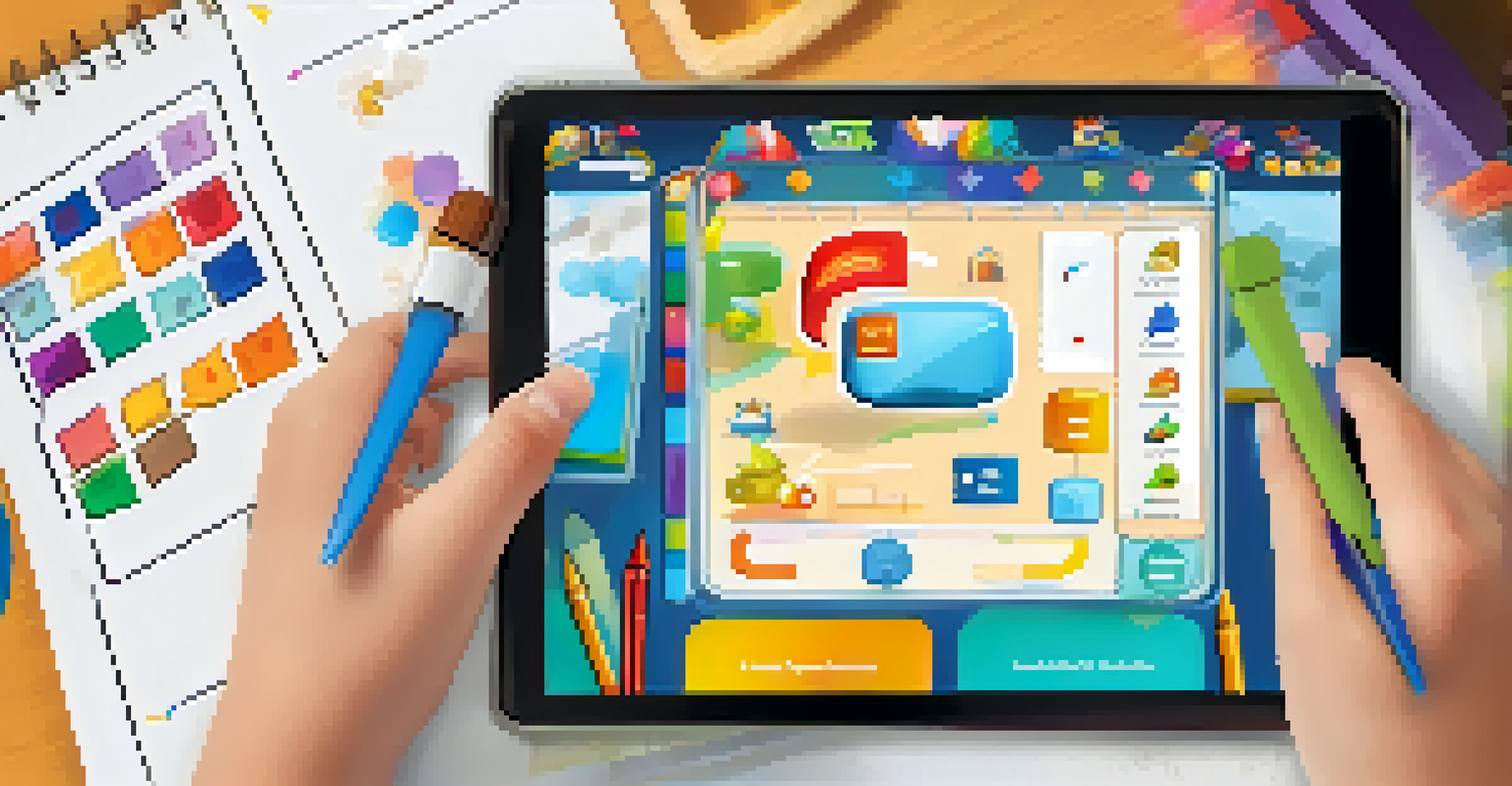Integrating Game Mechanics into Curriculum Design Effectively

Understanding Game Mechanics and Their Importance
Game mechanics are the rules and systems that guide player interaction in games. They create structure and engagement, which can be powerful tools in education. By understanding these mechanics, educators can design learning experiences that captivate students and encourage participation.
Games are the most elevated form of investigation.
Incorporating elements like points, levels, and challenges can help transform traditional lessons into interactive experiences. For example, when students earn points for completing assignments, they feel a sense of accomplishment similar to scoring in a video game. This sense of reward can motivate them to engage more deeply with the material.
Ultimately, integrating game mechanics into curriculum design isn't just about fun—it's about enhancing learning outcomes and fostering a growth mindset. Students are more likely to embrace challenges and persist through difficulties when they see learning as a game.
Identifying Key Game Mechanics for Education
Not all game mechanics will suit every educational context, so it’s essential to identify which ones will resonate with your students. Popular mechanics include competition, collaboration, and progression, each of which can play a unique role in the learning environment. For instance, competition can energize students, while collaboration fosters teamwork and communication skills.

Consider using a point system where students earn points for various academic achievements. This approach not only tracks their progress but can also create excitement around learning. Similarly, implementing levels or badges can encourage students to strive for mastery over time, much like achieving new ranks in a game.
Game Mechanics Enhance Learning
Incorporating game mechanics like points and challenges can transform traditional lessons into engaging, interactive experiences.
By carefully selecting and tailoring these mechanics, educators can create an engaging framework that keeps students excited about learning. The key is to ensure that these elements align with educational goals, making the experience meaningful and relevant.
Designing Engaging Learning Experiences
Creating engaging learning experiences requires planning and creativity. Start by mapping out your educational goals and then determine how game mechanics can support them. For example, if your goal is to enhance critical thinking skills, you might design a scenario where students must solve a mystery using clues—much like a puzzle game.
The best learning happens in real life, in the context of real problems.
Incorporating storytelling elements can also make lessons more captivating. When students can relate to a narrative, they are more likely to invest emotionally in their learning. Imagine teaching history through interactive quests where students embody historical figures and navigate challenges relevant to that era.
Furthermore, giving students choices within their learning paths can significantly enhance engagement. Just as players choose their characters or strategies in games, students can select projects or assignments that align with their interests, making the learning experience more personalized and exciting.
Creating a Feedback Loop with Game Mechanics
Feedback is crucial in both gaming and education, as it allows students to understand their progress and areas for improvement. Implementing instant feedback mechanisms—like quizzes that reveal scores immediately—can mimic the immediate response players receive in games. This instant gratification can increase motivation and encourage a growth mindset.
Consider using digital platforms that allow students to track their progress over time. These platforms can display achievements, completed tasks, and areas needing attention, much like a player's statistics in a game. This visibility not only keeps students informed but also fosters a sense of ownership over their learning journey.
Balance Competition and Collaboration
A balanced approach that includes both competition and collaboration fosters motivation and essential social skills among students.
Moreover, peer feedback can be integrated into this loop, where students review each other's work, similar to collaborative gameplay. This not only builds community but also enhances critical thinking and communication skills, as students learn to articulate their thoughts constructively.
Balancing Competition and Collaboration in Learning
While competition can drive motivation, collaboration is equally important in education. A balanced approach allows students to experience both the thrill of competing and the benefits of working together. For example, you can create team-based challenges where groups compete against each other while still collaborating to solve problems.
Incorporating collaborative projects can foster a sense of community and shared purpose among students. When they work together to achieve a common goal, they build essential social skills and learn the value of teamwork. This mirrors many games where players must work as a team to succeed.
However, it’s vital to set clear guidelines and ensure that competition remains healthy. By emphasizing personal growth and effort rather than solely winning, educators can create an environment where students are motivated to do their best while supporting each other.
Utilizing Technology to Enhance Game-Based Learning
Technology plays a significant role in implementing game mechanics in education. With the rise of educational apps, online platforms, and interactive tools, educators have more resources at their disposal than ever before. These technologies can facilitate engaging learning experiences that were once unimaginable.
For instance, learning management systems (LMS) often come with built-in gamification features like leaderboards and badges. These elements can motivate students and make learning more dynamic. Imagine a scenario where students earn badges for mastering different subjects—this visual representation of their achievements can be a powerful motivator.
Technology Boosts Game-Based Learning
Leveraging technology such as educational apps and VR can create immersive learning experiences that captivate students.
Additionally, virtual reality (VR) and augmented reality (AR) technologies offer immersive experiences that can transform traditional lessons. Students can explore historical sites or conduct virtual science experiments, making learning not just informative but also incredibly engaging.
Assessing the Impact of Game Mechanics on Learning
To ensure that integrating game mechanics is effective, it's essential to assess their impact on student learning. This can involve gathering feedback from students about their experiences and measuring learning outcomes through tests or projects. Understanding what's working and what isn't allows educators to adjust their approach as needed.
Consider using surveys or reflective journals where students can express how game elements influence their motivation and engagement. These insights can guide future curriculum design and help tailor learning experiences to better meet student needs.

Moreover, analyzing data from educational platforms can provide valuable insights into student performance and engagement levels. By examining these metrics, educators can refine their strategies and continue to create a vibrant learning environment that benefits all students.